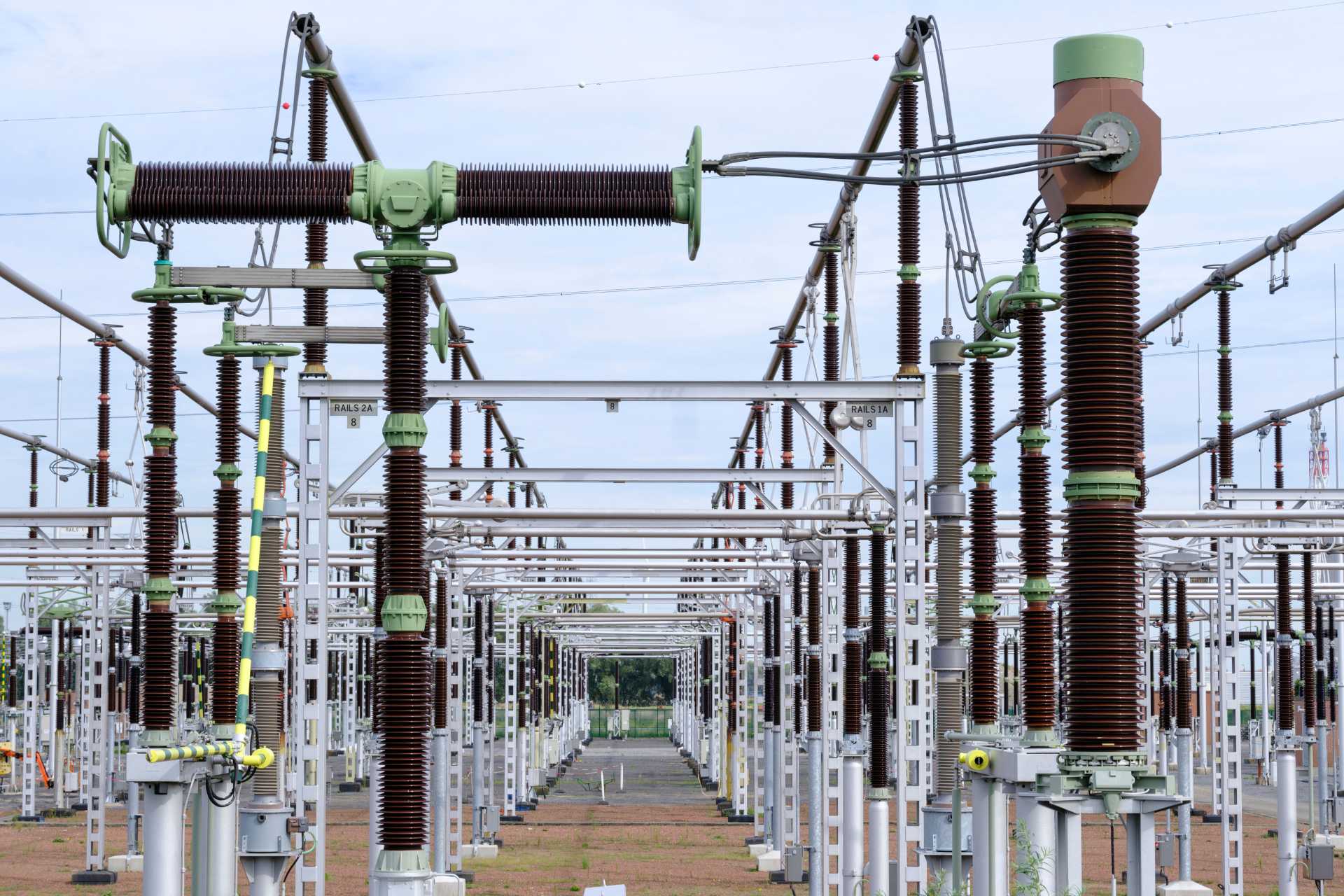
Get the latest climate technology news directly to your inbox.
A mixed year for US solar: falling module prices, equipment delays, and grid constraints
Headed into 2024, the solar landscape has recovered from a 2022 contraction and looks ready for growth.

Photo credit: Department of Energy

Photo credit: Department of Energy
At the start of the year, the solar module market was still recovering from a period of plateauing prices and supply constraints. Installations had dipped in 2022, in part because many developers had a hard time getting their hands on materials as new trade policies came into effect and the impacts of the pandemic waned.
This year, panel prices kept declining, and the industry returned to its near-yearly trend of setting installation records. It was a year of finding equilibrium, as the industry regained its footing with help from the Inflation Reduction Act, but continued to weather challenges like high interest rates. According to recent numbers from consultancy Wood Mackenzie, the United States installed more solar this year than ever before, by a significant margin.
But the industry faces headwinds, too. Here’s what the landscape looks like heading into the new year.
Module prices fell precipitously
While some were forecasting yet another solar boom at the start of 2022, U.S. installations ultimately fell more than 15% from the year prior. This was largely due to supply chain struggles and the implementation of U.S. policies like the Uyghur Forced Labor Prevention Act, meant to boost domestic industry and ensure that solar shipped into the U.S. is produced ethically. These combined to make accessing equipment much harder.
This year, though, those supply chain constraints eased considerably as gigawatts of new global manufacturing capacity came online. Much of that capacity was added in China, which accounts for about 80% of global manufacturing but now supplies less than 1% of the U.S. market, according to Michelle Davis, Wood Mackenzie’s head of global solar research. Still, the glut in the market had hang-on effects in the U.S., where prices fell by 10% to 15%.
“The supply picture for modules in the U.S. is considerably better,” Davis said. “Folks have adapted their supply chains, there's more and more solar modules making their way into the country.” But the supply available to the U.S. is still very much governed by trade policy, she said, rather than international manufacturing capacity.
Easing supply chain challenges helped installations
In 2023, U.S. solar was back to growth. Quarterly volumes, says Davis, were 58% higher in the third quarter of the year compared to the same period last year.
That’s a big number. From 2019 to 2020, solar installations increased 43% and from 2020 to 2021 they grew 19%. But this year’s big growth is more of a boomerang than a banner year: “It's because 2022 installation volumes were so suppressed by the fact that no one could get modules,” says Davis.

Wood Mackenzie expects the nation to add 33 GW in total in 2023, an increase of 55% over last year and the most ever installed in a single year.
But growth is still expected to cool in coming years
In some ways, the rush of modules is too much of a good thing. Now that modules are in excess supply, developers are struggling to find other specialized electrical equipment, like transformers and high-voltage circuit breakers for all the projects that have been delayed. For some, waitlists are so long that they are pushing projects out by one or two years, according to Davis. Manufacturers are scrambling to meet demand, but it’ll take time for them to scale up.
And in the latter part of the decade, solar installations are expected to flatten slightly, when the grid challenges that are now a ubiquitous part of conversations about renewables deployment come to bear.
“That's going to be when we start to run up against more interconnection challenges and constraints on the transmission grid,” says Davis.
For distributed solar, interest rates are also depressing deployment. In the coming year, Davis says she’ll be watching whether that eases — or pushes certain installers out of business.

Storage attachment rates continue to climb
Today, attachment rates for residential solar across the U.S. are at about 11%, but that’s an average that obscures a wide range that is dependent on geography.
Puerto Rico and Hawaii now have attachment rates of around 90%. In California, where recent changes to net metering have resulted in a rush of projects before the new rules go into effect, attachment rates are likely to climb over 50% in the next couple of years, Davis said. The state’s new solar incentives make it much more advantageous to install storage along with home solar systems.
Overall, the U.S. storage market had a big year. In the third quarter, installations had already exceeded 2022 volumes. Easing supply chain issues helped here, too; in November, global lithium-ion battery prices hit a new low, according to BloombergNEF.
But storage deployment could have been even higher. Interconnection challenges and struggles to find some electrical equipment — the same challenges afflicting solar projects — delayed about 80% of the projects that were slated to become operational in the third quarter.





